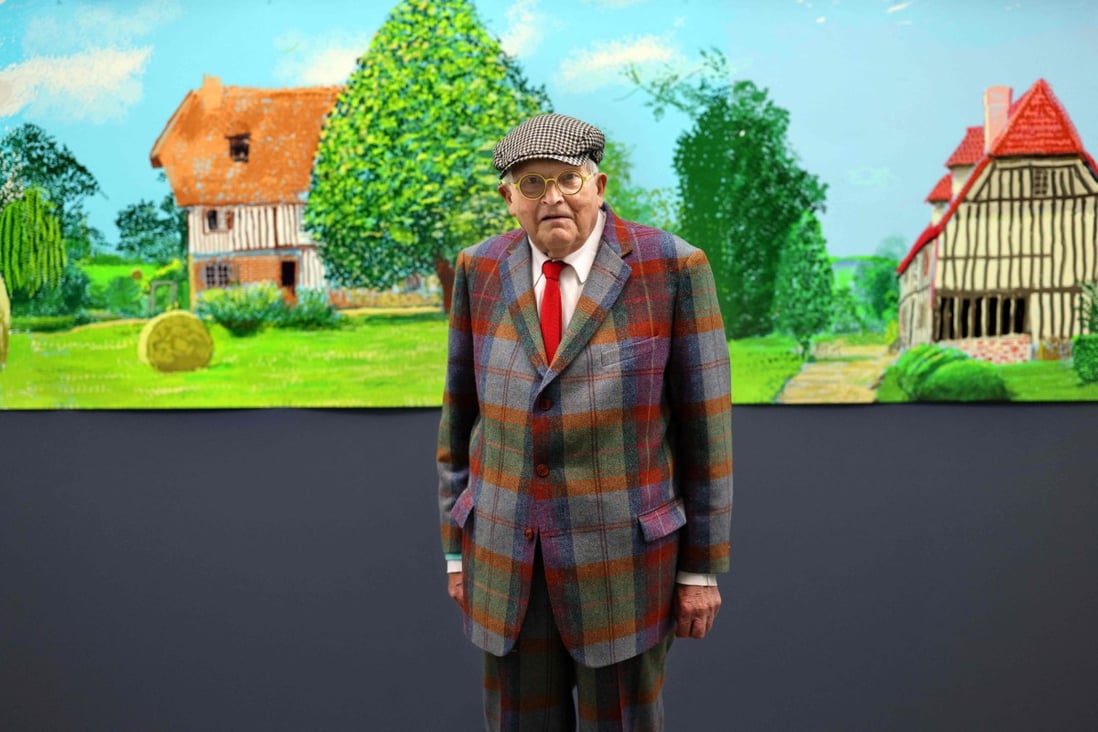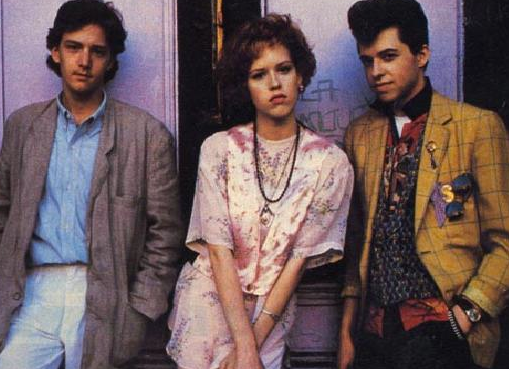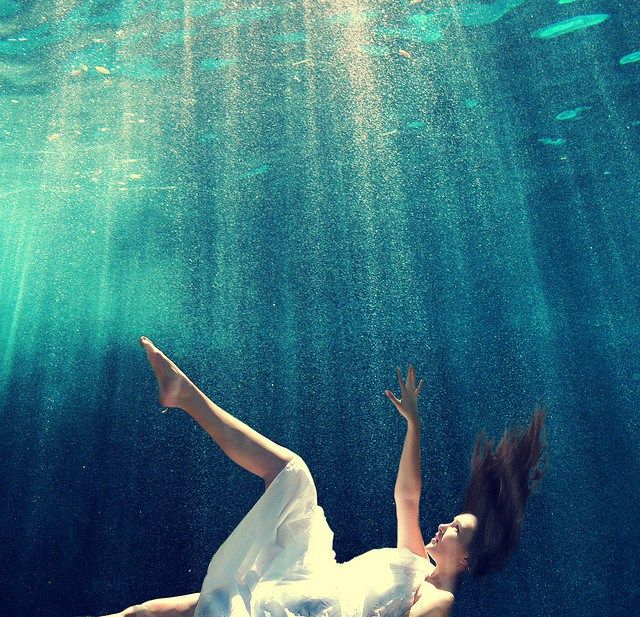
There are many art movements. The following article will focus on a few art movements: Dada, Dada and Surrealism. Each article will offer a brief summary of the artists and styles that were involved. The articles are organized chronologically, so you can easily scroll down to the movement you're interested in.
Impressionism
Impressionism is a style of modern art that became popular in 19th-century America. Its artists were influenced by a variety of different influences, including the Japanese style and Western art. American Impressionist movement representative Mary Cassatt. She was passionate about portraying people and painted many scenes of women in private moments. Berthe Moraisot, another prominent Impressionist artist, was also a famous one. She adopted a lighter palette than Manet's and was open to the impressionist movement.

Fauvism
Young artists were inspired to create by the bright colours and spontaneity that Fauvism painting inspired. The young artists of this period were actually the precursors to Cubism. Matisse, Derain and others specialized in landscapes and portraits. But their palettes and belief that colour can express itself was a major influence on other artists.
Dada
Dada and other art movements were created in response to World War I. This revolutionized the way people view art appreciation. They rejected nationalistic and aesthetic attitudes and produced poetry and performance art. The status quo was challenged by these artists, as well as the role of the artist and social issues.
Surrealism
Surrealism refers to an art movement that explores and changes the human experience. This is done by balancing a rational perspective with the power the unconscious. Surrealists find beauty in the unexpected and disregarded. They strive to create an environment that allows them to feel free. Surrealists propose to express the true working of the mind through the use of images. Dali's and Magritte’s works show a bird on flight, an egg placed on a table and other symbols that suggest hallucinatory states.
Abstract Expressionism
A new generation of abstract expressionists emerged after the war. Using techniques from Picasso, Matisse, and Hans Hofmann, these artists combined a variety of mediums to create work that was free of traditional recognizable forms. Peggy Guggenheim - the famed American art collector - helped create public awareness of the movement by opening a new gallery called The Art of the Century. In the years that followed, more galleries started to display abstract paintings. Even museums like MoMA were interested in abstract paintings.

Art Nouveau
Art Nouveau was a style in design that emerged during technological breakthroughs such as the Industrial Revolution. The style celebrated the craftsmanship and artistic designs of everyday objects, while criticizing mass production and industrialisation. The movement was a reaction to the prevailing Neoclassical aesthetic, and sought to introduce a new graphic design language that would transcend historical models.
FAQ
What is pop culture of today?
Pop Culture is a 21st-century art form. It encompasses all forms of popular entertainment, from music, film, TV, video games, fashion, advertising, comics, etc. In his 1985 book, Amusing Ourselves Too Death (1985), Neil Postman first coined this term. Pop refers to mass communication that uses formulaic and cheap tricks to create an illusion or spontaneity.
However, he noted that most people do not experience true enjoyment because they have become conditioned to seek media experiences that make them feel superior to others. He also suggested that this form of cultural expression had led to the loss in critical thinking skills among young adults.
Pop culture is also known as consumerism or popular culture.
What does pop culture teach us?
Today's society values material possessions over all else. This is especially true for younger people. They spend hours every day looking at screens. They surf the internet, watch movies, and play video games. All of these distract them from the task at hand, which is to complete school work. This leads to them failing classes.
In today's world, everyone wants to be accepted. That means being popular. Popularity depends on money, clothes, and other possessions. Some people do this by doing things that aren’t right.
Technology has made us dependent. The internet has made it possible to access all sorts of information. Unfortunately, not everything is accurate. False rumors can be found all over the Internet. These rumors quickly spread because people share them through social media. It's easy just to post something and not verify its authenticity.
People have lost their ability for critical thinking. They trust everything they read online. They believe what they read in magazines or on TV. They stop thinking for themselves. Instead, they follow the crowd.
We lose control of our lives when we depend on others to tell we what's going on. Pop culture teaches that we should depend on other people. It can also lead to lazy people. Although the truth is out there and we often don't find it, it can make us lazy.
Is Tik Tok pop-culture?
The answer is Yes This is not only for teenagers. Anyone can use these short videos to show how they feel, express themselves, and share life moments with friends.
More than 200 million people use the app every day all over the globe. Every day, this number increases by millions.
This makes TikTok an incredible opportunity for brands to connect with consumers and build meaningful relationships.
Many influencers have established huge followings on TikTok. These creators create original content that engages audiences across the globe.
Don't wait! Here are four ways you can take advantage of this trend.
-
You can create viral content
-
Engage Influencers
-
Use Visuals Effectively
-
Be Creative With Your Audience
How did pop music get started?
It was an accident. The mistake that caused the first song to be written was when someone accidentally knocked a piano over while playing on New Years Eve 1920.
The recording company loved what they heard so they decided to release the single.
This was the first ever single to become a hit.
Since then, pop music has become the most popular form of musical entertainment today.
What is pop media?
Pop culture is all around. It is everywhere we go: TVs, radios and films, music, magazines, newspapers and websites, as well as social networks. It is everywhere we go, 24/7. Pop culture influences everything, from clothes to music and language to politics and religion. What then is pop culture? Wikipedia states that pop culture refers to products and ideas designed for mass consumption. Most people believe that pop culture refers to movies, television, music, fashion, or other entertainment. Pop culture does not only include entertainment. Pop culture can be described as anything that is consumed by mass audiences, including video games, toys, clothing and fast food.
What is popular culture in the world of music?
Popular Music Culture can take many forms.
Popular music culture is defined by its use of certain styles of music (e.g., rock, jazz) and lyrics. It also includes the impact of visual media such as television, fashion and advertising on artists' careers, as well as public perception.
It's also how fans interact and support their favorite artists.
One element of popular music culture is the emergence of "superstars" - artists who have achieved fame and fortune for themselves.
These stars often transcend genres, becoming cultural icons and influencing the evolution of popular music.
The popular music culture also includes:
* The rise in recording technology - from acoustic instruments, to electric guitars, and microphones.
* The invention of record players and radios;
* The birth of rock'n roll.
* Introduction of film and TV;
* The advent of MTV and VH1;
* The creation of the internet.
Why is pop music so beloved?
Pop music is very much loved for its fun and joy! Pop music can make you feel happy and give you a feeling of freedom. Pop music is a popular choice and people can think about whatever they want. They don't have to worry about what other people think. Pop music is very popular because it doesn't have to worry about what other people think. People enjoy songs that make their heart sing. When you feel low, turn on the radio for some upbeat tunes. You may even find yourself singing along. Pop music has been a huge success over the years.
Statistics
- In 1987, US films captured 56% of the European film market. (socialsci.libretexts.org)
- Latinos represent roughly 19% of the U.S. population. (npr.org)
- [17][18][19]Definition[edit]According to author John Storey, there are various definitions of popular culture. (en.wikipedia.org)
- For example, the term hater meaning someone who strongly undermines or criticizes others, often due to pathetic jealousy, likely emerged from hip hop culture, such as the term playa hateras, used by influential rapper Biggie Smalls as early as 1995. (simplicable.com)
- Less than a decade later, that statistic rose to 90% (Dager, n.d.). (socialsci.libretexts.org)
External Links
How To
What is pop culture and how does it relate to movies?
Popular Movies Culture includes all aspects entertainment such as books, magazines, newspapers and television programs. It also includes websites, blogs, social media, apps, gaming, and other media.
Movies can be divided into three types: comedy/dramatic, horror (action/aventure), fantasy, science fiction and romance.
Movie plots often follow a predictable series of events that lead to satisfying conclusions.
Films' success is dependent on how closely they follow this formula.
Here are some common plot points:
-
A protagonist who must overcome obstacles to achieve his/her goal;
-
The antagonist is the one who opposes protagonist;
-
A moral dilemma that demands the protagonist to make an informed decision.
-
A twist ending that transforms everything
You may have to reevaluate the outline or concept of your story if it doesn't fit within one of these categories before you start writing.
You'll want to pay special attention to the following questions:
-
How do I establish my setting?
-
What do you think my protagonist wants?
-
Why should readers care about my story?
-
Where is my story taking me?
-
Who is my main character
-
Will there be conflict?
-
What is the climax of this story?
-
What is your resolution?
-
Is the ending happy or sad?
-
Do I want to introduce characters?
-
Do I have multiple settings in my story?
-
Are there subplots available?
-
Are there major themes?
-
Can I tell a complete story within just one chapter?
-
How effective am I using dialog?
-
Is it clear and concise in my language?
-
Is my vocabulary appropriate for the context?
-
Have I used active voice instead of passive voice?
-
Are there spelling mistakes?
-
Is my grammar correct?
-
Are there too Many Adverbs?
-
Is there something I could do better?
-
When I'm done editing, what is my first impression?
It is your job to not only write a great book, but also to publish it.